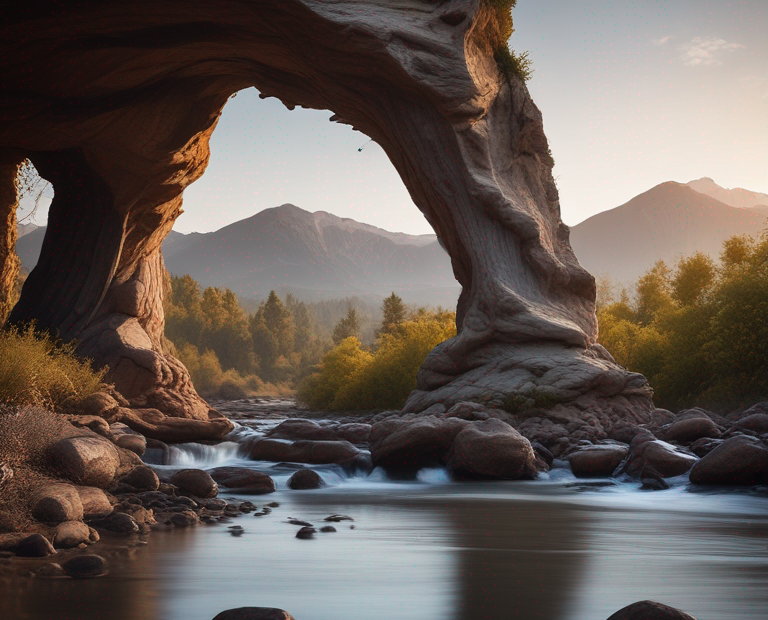Is Digital Art Copyrighted? Safeguarding Your Artistic Creations in the Digital Age
In the digital realm, where creativity bursts forth in the form of pixels, a burning question emerges: "Can digital art be copyrighted?" This comprehensive guide explores the intricate world of digital art copyright, examining its eligibility, protection, and nuances in the evolving digital landscape.
Demystifying the "Digital Content Definition":
First, it's crucial to understand the "digital content definition": any information existing in a digital format, encompassing text, images, videos, interactive elements, and software. Digital art falls under this umbrella, encompassing digitally created visual works, such as illustrations, paintings, photographs, animations, and multimedia compositions.
Diving into the Realm of Digital Art Copyright:
Understanding "can digital art be copyrighted" requires delving into copyright law. Generally, copyright protection extends to original works of authorship fixed in a tangible medium. This includes digital art, as it is fixed in a digital file and demonstrably original.
Certain criteria must be met for copyright protection:
- Originality: The work must be independently and creatively created, not a mere copy of another's work.
- Fixation: The work must be captured in a tangible form, digitally in this case.
- Authorship: The creator must be identified to establish ownership.
Copyright protection automatically applies to original works, meaning no registration is required. However, registration with the U.S. Copyright Office provides additional legal benefits, including establishing a public record of ownership and enabling easier enforcement.
Safeguarding Digital Art from Infringement:
Protecting digital art requires understanding the nuances of copyright law and taking proactive measures:
- Copyright Registration: Consider registering your digital art with the U.S. Copyright Office for enhanced protection.
- Use Copyright Notices: Include copyright notices on your digital art, such as © [Your Name] [Year].
- Track Usage: Implement mechanisms to monitor, track, and control the distribution and usage of your digital art.
- Enforce Your Rights: Should infringement occur, be prepared to enforce your copyright via legal channels.
Exploring the Unique Aspects of Digital Art Copyright:
Digital art poses unique challenges regarding copyright, namely:
- Reproducibility: Digital art is easily replicated, making unauthorized copies a significant concern.
- Ownership: Determining ownership can be complex when multiple creators collaborate on a digital work.
- Attribution: Properly attributing and crediting the original creators of digital art is essential.
Embracing the Digital Art Copyright Landscape:
Understanding "can digital art be copyrighted" provides a foundation for safeguarding your artistic creations in the digital age. As the digital art realm evolves, copyright law adapts to ensure protection for these innovative expressions. By embracing the complexities and nuances, artists can thrive and confidently navigate the intricate world of digital art copyright.
In conclusion, digital art copyright is a legal concept that offers protection to creatives in the digital realm. By understanding the "digital content definition," meeting the copyright criteria, taking proactive steps to safeguard your work, and navigating the unique challenges, you can confidently protect your digital art and ensure its value is recognized and upheld.
For a deeper dive into the intricacies of copyright law and its application to digital art, refer to the insightful article at keywordjuice.com/blog/digital-content-marketing-definition-2/. This resource delves deeper into the legal aspects and provides valuable insights for artists seeking to safeguard their digital creations.
